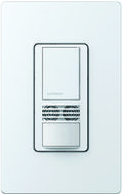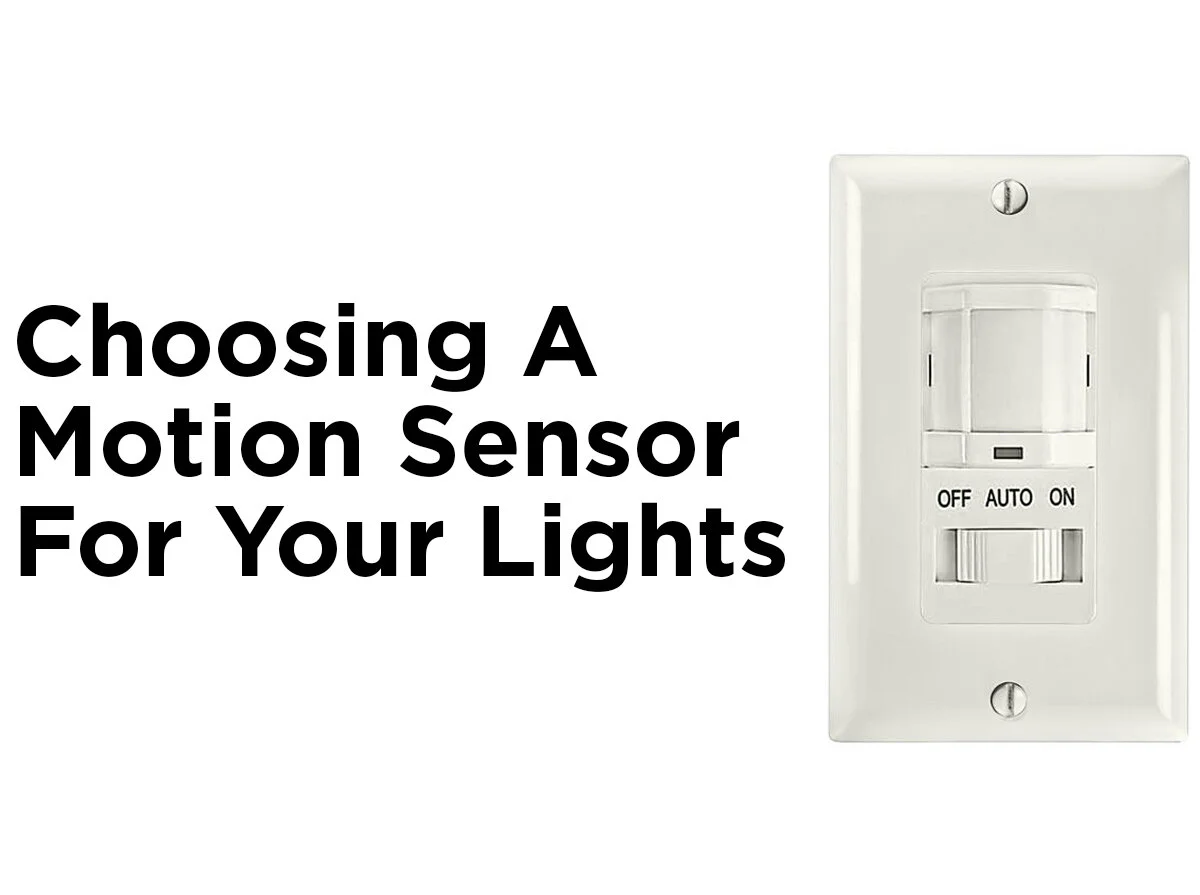Motion Sensor Guide for a Flail Free Workplace
Motion sensors, when implemented correctly, reduce the cost of wasted electricity up to 30% by shutting off the office lights when no one is using them. When implemented incorrectly, managers may find employees sliding around in office chairs or performing interpretive dances in order to keep the lights on. Well-intentioned managers are then faced with decreased employee engagement and productivity from employees constantly pausing work to alter their environment. Before you leave employees in the dark to windmill their arms the next time the lights go out, use this guide to pick the right motion sensor for your office building.
Where to Use Occupancy Sensors vs. Vacancy Sensors
The difference between occupancy sensors and vacancy sensors is that occupancy sensors automatically turn on when someone enters the room and vacancy sensors need to be manually turned on by a switch. Both occupancy and vacancy sensors turn the lights off when they sense the room is empty. Occupancy sensors are best used for bathrooms and areas where it’s inconvenient for employees to manually turn the lights on every time. Occupancy sensors are also ideal for storage areas if employees frequently enter the room with their hands full. Vacancy sensors are better for break rooms with large windows or kitchen nooks where additional light isn’t always needed. Combination occupancy/vacancy sensors allow you to change a setting depending on whether you want the lights to turn on manually or automatically.
How Motion Detectors Tell if a Room is Occupied
Motion detectors can use heat, sound, or both to detect when someone is in the room. Passive-infrared sensors (PIR) check for changes in heat patterns in the room and require line of sight. They work best in open areas, such as private offices or open-layout storage rooms. If a storage room has several long passageways with high walls or shelving, the sensor may not detect employees and turn off the lights prematurely. Ultrasonic sensors send out sound waves and evaluate the echo, measuring the time interval to determine the position of objects. These are a better option than PIR sensors for partitioned spaces, restrooms, and stairwells. Dual-technology sensors utilize both passive-infrared and ultrasonic technology to check a space for occupants before turning off the light.
Check the Sensitivity of the Motion Sensor
Some spaces require a more sensitive sensor than others. In areas like storage rooms and hallways where employees are less likely to linger, a motion detector only needs to be able to recognize major motion, like someone walking through a room. In the general workspace and private offices where employees are primarily still, like sitting at a desk, a more sensitive motion detector is less likely to turn the lights out while someone is still hard at work. Lutron Maestro dual-technology sensors are designed to pick up even the small motions of an employee typing on a keyboard.
Set a Reasonable Delay
There’s no hard and fast rule for how long the sensor should wait between sensing an empty room turning off the light. That will depend on the location and sensor’s line of sight. A wall mounted sensor inside a storage room with 180 degree visibility might only need a 30 second delay. A bathroom using a PIR sensor, where the device would not be able to detect employees inside the stalls should be set to a longer delay. This will stop employees from Googling “how to keep an occupancy sensor triggered without motion,” or my favorite, “help, motion sensor light in my office is driving me batty!”
For additional help selecting the right motion sensor for your office building, contact our commercial sales team at (800) 624-4488 ext. 2534 or leave us your questions in the comments section below. Follow us on LinkedIn for the latest updates on how the right office lighting can improve your bottom line and stay in touch through Facebook, Twitter, or Pinterest.
Sources









